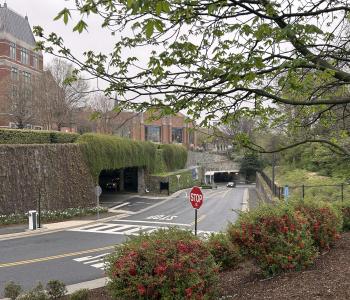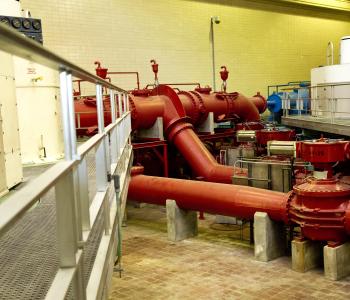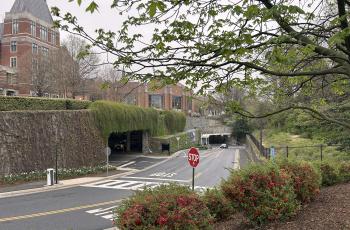What to Do After a Do Not Use Advisory Frequently Asked Questions
What should I do now that the advisory is over?
Discard any food, drinks or ice that was prepared with tap water between 5 a.m. and 2:30 p.m. on April 20, 2010, including infant formula. Flush cold water taps for 10 minutes.
How will flushing ensure the water is safe to drink?
Flushing your tap removes water in your household plumbing that may still have elevated chlorine levels and brings in new water from the distribution system. Chlorine levels in the distribution system declined and are within the Environmental Protection Agencys (EPA) regulatory standards. DC WASA has flushed the distribution system and tested chlorine levels to confirm this.
Is the water safe for showers and bathing?
Yes, chlorine levels are confirmed to be within levels set by EPA.
If I drank the water when chlorine levels were elevated, will I experience negative health effects?
A do not use advisory was issued to avoid potential health effects associated with elevated levels of chlorine in drinking water. Some people who used water containing chlorine well in excess of the regulatory standards may have experienced stomach discomfort. If you have specific health concerns, please consult your physician.
If I bathed/showered with the water when chlorine levels were elevated, will I experience negative health effects?
A do not use advisory was issued to avoid potential health effects associated with elevated levels of chlorine in drinking water. Some people who used water containing chlorine well in excess of the regulatory standards may have experienced irritating effects to their eyes and nose. If you have specific health concerns, please consult your physician.
What are the health effects of exposure to chlorine?
Chlorine exposure at high doses may cause a temporary irritation to the eyes, throat or stomach. If you had any of these symptoms, you may wish to consult a physician. With short-term exposure, chlorine is not known to be a carcinogen, to cause birth defects or other long-term health impacts.
What food, beverage and other items must I throw away?
Throw out all food, drinks and ice that were made between 5:00 am and 2:30 pm on April 20, 2010, including infant formula.
Does my water filter need to be replaced?
Refer to the manufacturers instructions.
What if my water still has a strong chlorine odor?
Flush your cold water taps for 10 minutes. You may taste and smell chlorine, but levels are within EPA standards.
My refrigerator has a water dispenser/ice maker. Do I need to clean it?
Throw away any remaining ice. Flush water and ice dispensers for 3 to 5 minutes by following directions in the owners manual.
What if there are drinking fountains in my building?
Flush water fountains by running the water continuously for 10 minutes.
Will the recent increase in chlorine levels affect my aquatic pets?
Follow your normal routine for removing chlorine in water.
The water is discolored. What should I do?
Run your cold water taps by running the water until it is clear. Do not do laundry until water is clear.








